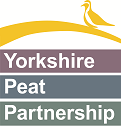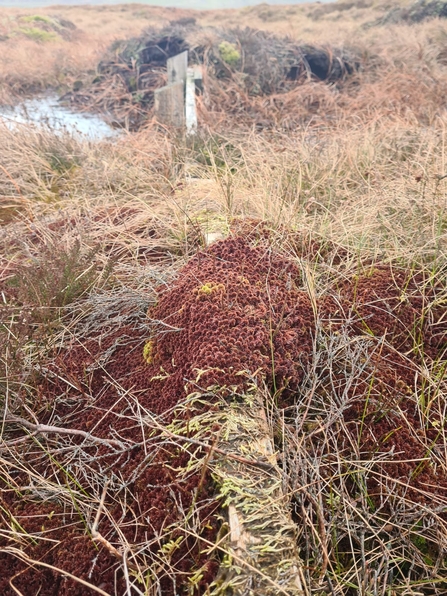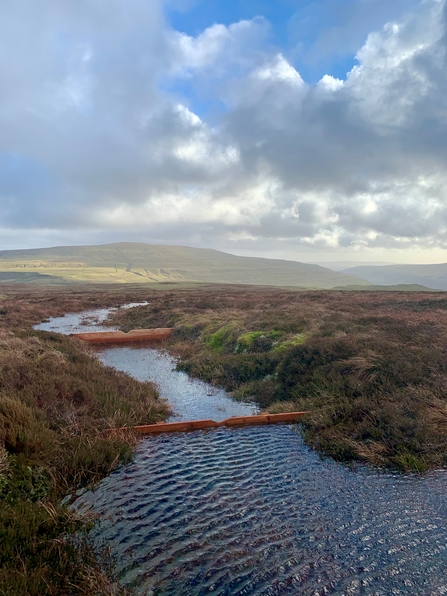Tessa Levens is one of our Project Managers and first started working on National Trust owned Cray Moss, in Yorkshire Dales National Park, over a decade ago.
“It’s been really heart-warming to see the difference that NfC funding is making on sites like Cray Moss – the bog is humming with life now. The Restoration grants have allowed us to double our efforts over previous years while the Discovery grants have enabled us to plan restoration for specific sites for when shovel-ready funding becomes available. Having this kind of commitment from Government creates a climate where private finance can feel confident investing in restoration.”
The NfC funding directly targets climate change - on the National Trust’s estate alone, we have prevented a potential 132,126 tonnes of carbon emissions over 50 years – but for us as a Wildlife Trust, the biodiversity benefits are just as important. We’ve watched Sphagnum gradually creeping up over the dams we’ve installed; heard the moors come alive with song as breeding birds return to sites from which they were absent; felt the bog quake beneath our feet as the water table has risen; marvelled at the oddly metallic rustle of dragonfly wings as they’ve colonised newly formed pools. All this has been made possible with NfC and the match funding it unlocks.






